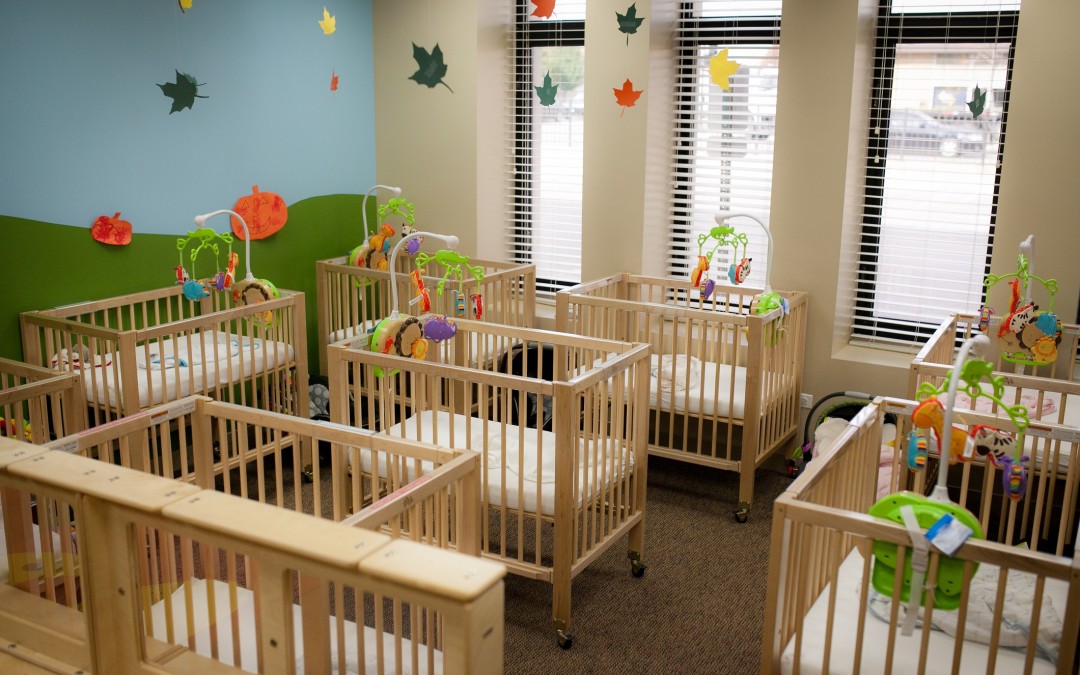
by Laura Hall | Feb 27, 2016 | Uncategorized
I became interested in emergency preparedness when I was pregnant with my first child. I could handle my own mortality, but my child’s? No way. These days I think about all children, not just my own. Lately I’ve been asking childcare providers in my community what they’re doing to prepare for an earthquake. Read on to see what a few of them have told me. If you have concerns about your child’s facility not being prepared, consider sharing this info with them.
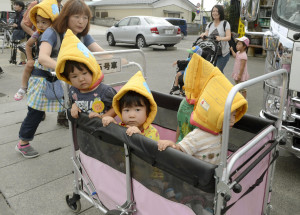 PHYSICAL PREPARATION
PHYSICAL PREPARATION
- Consider having your facility retrofitted, and make sure water heaters are strapped to the wall.
- Secure top-heavy furniture with brackets or straps, cabinet doors with latches, and smaller items that could fall with museum putty.
- Make sure all staff know how to shut off electricity, gas, and water. Make sure staff are aware if there is an asbestos situations that would necessitate evacuation.
- Have all of the same preparedness supplies as a regular home, plus food/water reserves to last several days or weeks for all children and staff. Visit the Portland Bureau of Emergency Management’s Preparedness Resources page for detailed information about how to make plans and build kits.
- Have provisions for sheltering in place outside the facility (back yard), in a hazard-free area nearby (park, etc.), and a location further afield (if a toxic situation arises near the facility).
- Have parents prepare a “comfort kit” for their child, and add a space blanket, poncho, and dust mask to each one.
COMMUNICATION
- Conduct drills frequently. Make sure everyone knows the drill: drop, cover, hold. Identify a safe gathering space outside for after the shaking stops.
- Communicate with families several times a year about this issue. Make it clear to them that you will do your best to care for children until they can arrive, but they should have backup plans in place for someone else to pick up their children in case they are unable to get to the facility.
- Have hard copies of all parent information, including work address and emergency medical forms, ready to go with you once the shaking has stopped. Have an out-of-state (non-West coast) contact number for you and families to use as a point of contact for updates, as local numbers will not go through.
- Encourage families to discuss earthquake safety at home and prepare their own kits.
- Be prepared to deal with the children’s emotions after an earthquake. They will be scared and need lots of reassuring. Use physical reassurance (hugs), and make sure they understand that you will take care of them until their parents arrive.
- Keep in touch with your local Neighborhood Emergency Team so that you know what they’re planning, and consider Other Ways to Prepare.
TRAINING
- Consider getting NET training for you and your staff. NET volunteers know how to do light search and rescue, basic disaster medicine and triage, radio communications, fire suppression, disaster psychology, and trauma intervention.
For a more in-depth look at childcare facility preparedness, read Multnomah County’s Child Care Center Crisis / Disaster Response Handbook. This is an excellent tool that covers most of what a facility would need to be prepared.
–Laura Hall, Arbor Lodge / Kenton NET Assistant Team Leader, arborlodgeprepares@gmail.com
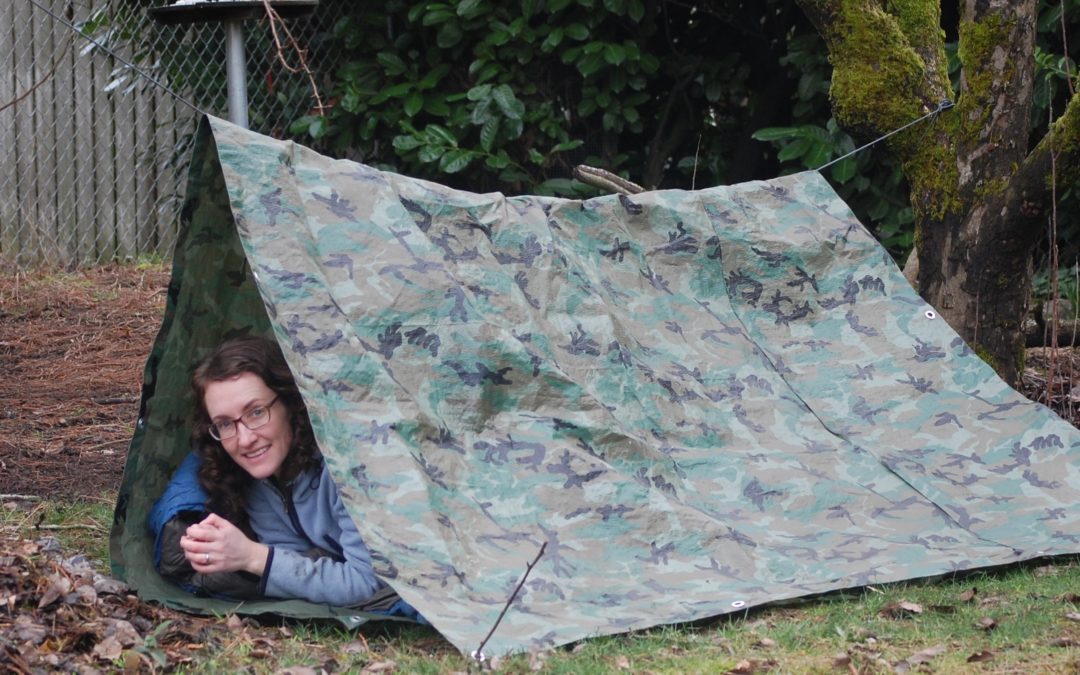
by Laura Hall | Feb 19, 2016 | Training
One of the advanced trainings that the Portland Bureau of Emergency Management (PBEM) and Portland Fire & Rescue offer for NET members is knot tying.
How are knots useful?
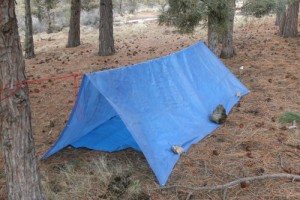 Uh, how aren’t they useful? After an earthquake, you may need to attach a tarp to a tree to create a makeshift shelter, tie down a load of gear to a truck or cargo bike, carry water a long distance, make a clothesline for drying things, etc. Knowing just a few basic knots will prepare you for this, and it can be useful in everyday life as well!
Uh, how aren’t they useful? After an earthquake, you may need to attach a tarp to a tree to create a makeshift shelter, tie down a load of gear to a truck or cargo bike, carry water a long distance, make a clothesline for drying things, etc. Knowing just a few basic knots will prepare you for this, and it can be useful in everyday life as well!
PBEM’s Knots Guidebook:
Check out the Portland NET Knots Guidebook to learn eight highly useful knots. The guide includes knot tying terminology, information about rope safety, advice about what type of gear to buy, and instructions for the following knots: bowline, clove hitch, figure eight, munter, overhand, prusik, square knot, and water knot.
Trucker’s Hitch:
A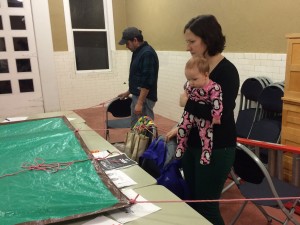 t our NET meeting last week, we practiced another highly useful knot: the trucker’s hitch. It’s a compound knot commonly used for securing loads on trucks or trailers, but it’s also great for making a tarp shelter. It gives you a 2-1 mechanical advantage when tightening the rope. Be careful though. You can actually damage the object you’re tying down because of this! This knot holds fast and is easy to untie – traits of any good knot.
t our NET meeting last week, we practiced another highly useful knot: the trucker’s hitch. It’s a compound knot commonly used for securing loads on trucks or trailers, but it’s also great for making a tarp shelter. It gives you a 2-1 mechanical advantage when tightening the rope. Be careful though. You can actually damage the object you’re tying down because of this! This knot holds fast and is easy to untie – traits of any good knot.
Great Knot Tying Resources:
There are hundreds of knots you could learn, but knowing just a few is enough for most people. It’s more important to be able to tie a few standard knots automatically while under duress than to learn many knots and not know them well.
Now go get a rope and start practicing!
–Laura Hall, Arbor Lodge / Kenton NET Assistant Team Leader, arborlodgeprepares@gmail.com

by Laura Hall | Feb 14, 2016 | Disaster Psychology
It’s happening – the earth is shaking. Furniture is dancing across the room, you’re under a table and hanging on (right?), and all you can hear is rumbling. You’re probably not feeling particularly calm. In fact, your heart feels like it’s racing a mile a minute. First responders call this the adrenaline dump. Here’s what can happen to your body when your heart increases.
Effects of Hormonal Induced Heart Rate Increase
- 60-80 BPM: Normal resting heart rate, normal body function.
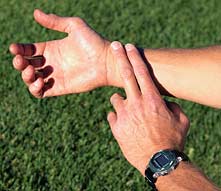
- 115 BPM: Fine motor skills begin to deteriorate.
- 115 to 145 BPM: Optimal survival and combat performance level for complex motor skills, visual reaction time, and cognitive reaction time.
- ABOVE 145 BPM: Complex motor skills begin to deteriorate.
- 175 BPM: Cognitive processing deteriorates; vasoconstriction (reduced bleeding from wounds); loss of peripheral vision (tunnel vision); loss of depth perception; loss of near vision; auditory exclusion (tunnel hearing).
- ABOVE 175 BPM: Irrational fighting or fleeing; freezing; submissive behavior; voiding of bladder and bowels; gross motor skills (running, charging, etc.) at highest performance level.
This data is for hormonal induced heart rate increases resulting from sympathetic nervous system arousal. Exercise induced increases will not have the same effect. – 1997 Siddle and Grossman
Tactical Breathing to Slow Heart Rate
Tactical or “combat” breathing is a technique used by military, police, and other first responders to slow heart rate and regain normal biochemical functioning.
HERE’S HOW TO DO IT:
- Breathe in through your nose to the count of 4.
- Hold your breath to the count of 4.
- Breathe out through your lips to the count of 4.
- Hold your breath to the count of 4.
- Repeat until you feel your body and mind relax.
Vary the number of counts to match your body’s ability and comfort level.
USE IT IN EVERYDAY LIFE:
This technique can be useful without practice, but you’re much more likely to use it in a stressful situation if you practice it regularly. Do it before a job interview. Do it during rush hour traffic. Do it after a stressful encounter to help you calm down. The more you do it, the more likely you are to remember it when you need it most.
–Laura Hall, Arbor Lodge / Kenton NET Assistant Team Leader, arborlodgeprepares@gmail.com
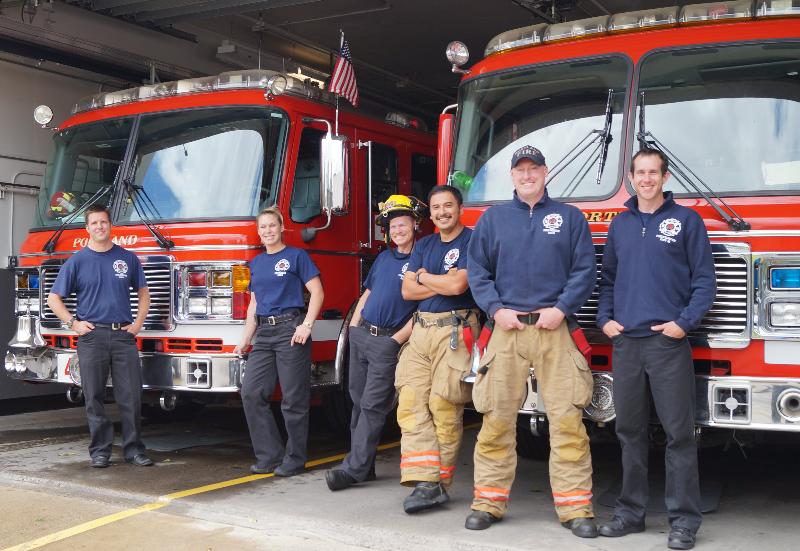
by Laura Hall | Feb 4, 2016 | Uncategorized
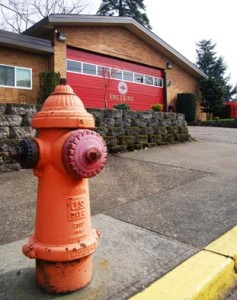 I visited my local fire station a few years ago to talk with the station crew about earthquake preparedness and how our Neighborhood Emergency Team can help fire & rescue operations in the event of an earthquake. Here’s what the station captain told me:
I visited my local fire station a few years ago to talk with the station crew about earthquake preparedness and how our Neighborhood Emergency Team can help fire & rescue operations in the event of an earthquake. Here’s what the station captain told me:
HOW WE CAN HELP RESCUE OPERATIONS
BEFORE AN EARTHQUAKE HITS:
- Identify all local water sources (swimming pools, rivers, streams, etc). Station crew will report to the station they are nearest at the time the earthquake hits, so you may be dealing with someone who doesn’t know the area. They’ll benefit from your knowledge of the area.
- Practice using FEMA Incident Command Structure (ICS) forms. Documentation of what’s happening, who needs help, hazards, resources, etc. is vital for emergency workers who need to understand the situation quickly.
- Practice wound care and triage.
AFTER AN EARTHQUAKE HITS:
- Prioritize getting utilities shut off in all homes and businesses.
- Recreate street signs – this will also help FEMA workers unfamiliar with the area.
- Clear a 100 x 100 foot area for a helicopter landing zone.
- Prepare colored tarps for triage. Tape is fine, but if we can arrange people in large areas that are clearly identified, emergency workers can more quickly identify who needs help.
- Document, document, document. Use those ICS forms!
- Look for shifting buildings, communicate / call out to each other, and be safe.
- Think. Plan. Act. – Don’t become paralyzed with indecision. It’s better to do something rather than nothing, even if it’s not the absolute best action to take. Nothing will be perfect.
- Use a commanding presence. As a person in charge of directing people in various emotional states, it’s important that you present yourself as a person of calm authority. And as a team you will command strength in your numbers, so people will respect you.
I encourage all NETs and community members to get to know your local fire station staff. They’re an invaluable resource in our preparation efforts. If you’ve visited your local station and gained additional advice, please email me to let me know. I’ll share your knowledge here on this blog!
–Laura Hall, Arbor Lodge / Kenton NET Assistant Team Leader, arborlodgeprepares@gmail.com

 PHYSICAL PREPARATION
PHYSICAL PREPARATION






